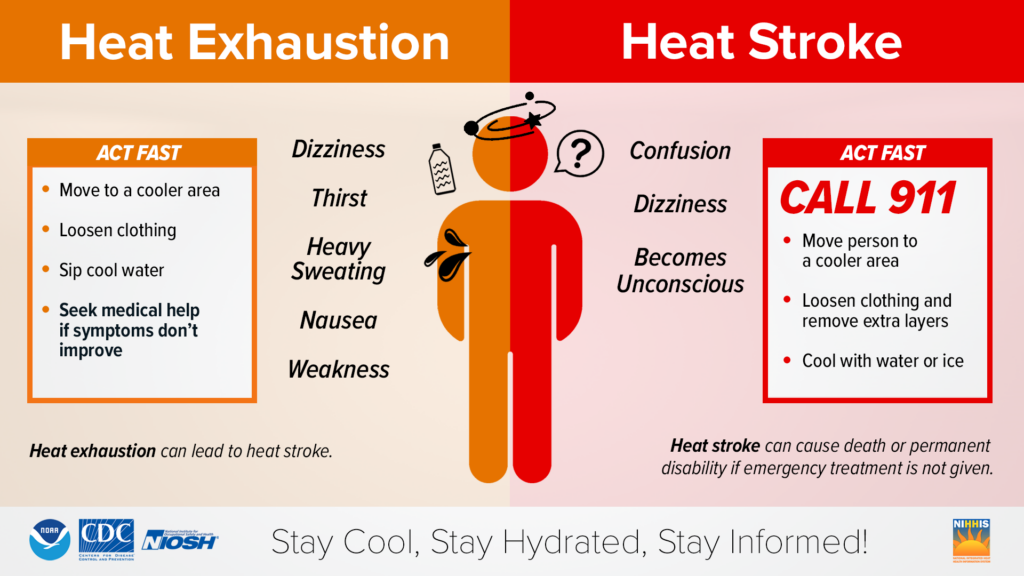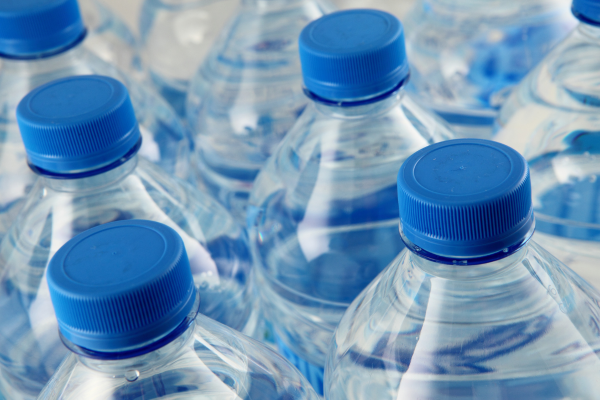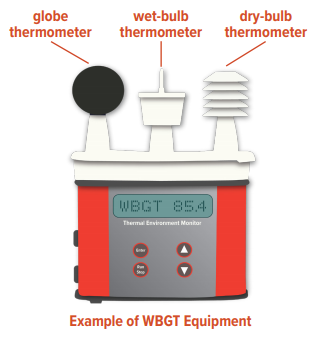Heat stress has become a growing topic of conversation for many regulators across the globe for the last several years. However, as summer heat waves continue to hit record highs, companies can no longer ignore heat’s detrimental impact on workers’ health and well-being. In this article, we will explore the importance of heat stress prevention and its impact on the safety of workers, as well as the resources and technology companies can start using today in the fight against heat.
What is Heat Stress
Heat stress occurs when the body cannot regulate its internal temperature in response to high heat and humidity. When exposed to heat, the body attempts to cool itself in several different ways. First, the body releases sweat onto the skin’s surface, which evaporates and absorbs heat from the body. It also sends blood to the skin’s surface so that it can be cold by the surrounding air. Finally, the rate of breathing can also increase, which helps to remove heat from the body.
Many aspects can affect overall heat stress, such as the environment’s temperature, humidity, and how hard someone is physically working. Other factors can also prevent the body’s natural cooling-off process. For example, in an environment with high humidity, sweat cannot evaporate. In addition, heavy clothing or PPE can also affect the body’s natural cooling process.
When the body can’t cool itself as intended, it continues to allocate additional resources toward the fight by sending more blood and water to the skin. As a result, other internal organs and processes have less water and blood to work with and undergo additional stress. For example, as a person dehydrates, their blood becomes thicker, and the heart needs to work harder to pump it.

A worker experiencing heat stress may begin to feel some common signs and symptoms, including:
- Difficulty concentrating
- Irritability
- Headache
- Dizziness
- Nausea
- Fatigue
If heat stress continues, and a worker cannot regulate their internal temperature for extended periods, the results are often severe and include:
- Heat rash
- Heat cramps
- Heat exhaustion
- Heat stroke
- Loss of consciousness
- Hospitalization
- Death
Who Is Most at Risk for Heat Stress

Individuals most susceptible to heat stress are often outdoor workers like those in construction or agriculture or indoor professions, like mining or manufacturing, where extreme heat is typical. However, while environmental factors, physical exercise, and clothing choice play a significant role in those most susceptible to heat-related illness, so do pre-existing conditions. Factors like obesity, old age, medication usage, and pre-existing health conditions like high blood pressure and heart disease increase the risk of heat stress for specific individuals.
How to Prevent Heat Stress

The risk of heat hasn’t gone unnoticed, and OSHA has implemented a national emphasis program to address the issue head-on. The program went into effect on April 8th, 2022, and prioritizes days with forecasted heat indexes of 80° F or higher. On these high-risk days, OSHA staff members will be out in force inspecting workplaces for compliance while also educating employers on best practices to protect workers from heat.
OSHA has also established guidelines that employers must implement when dealing with occupational heat risk. Those include developing a heat illness prevention program that lays out how they will protect and train workers while also providing access to water, rest, and shade. These programs are one of the most important things any organization can do to protect its workers from heat.
That’s because when you train workers on the threat, signs, and symptoms of heat-related illnesses, you give them the tool to protect themselves and their coworkers. Also, with proper planning, companies can effectively manage the threat of heat. For example, companies can implement engineering controls like installing air conditioning or administrative controls like reducing the number of hours employees can work before taking a mandatory break.
When establishing a heat stress program, organizations should reference essential documents like OSHA guidelines, NIOSH recommendations, and any other industry-specific standards. These documents can provide detailed information on strategies, threshold limits, and best practices to ensure the program is as effective as possible.
Several organizations offer free resources and tools for heat stress prevention:
- Heat.gov: This website has information on heat stress safety guidelines and educational material
- Korey Stringer Institute: Offers extensive research and resources on heat-related illness and prevention strategies
- OSHA-NIOSH Heat Safety Tool App: This app provides users with a clearly defined hazard level for current conditions based on the forecasted heat index
How Heat Stress is Measured

There are different methods companies can use to measure heat stress, but one of the most trusted is The Wet Bulb Globe Temperature Thermometer (WBGT). WBGT measures heat stress in direct sunlight and considers temperature, humidity, wind speed, sun angle, and radiant heat. This method provides a more comprehensive understanding of the environmental heat stress in an area. However, it also has limitations and may not provide the most accurate representation of the heat stress an individual is experiencing.
That’s because none of these methods consider a worker’s core body temperature or how hard they are working, all of which play a significant role in heat stress. Thankfully modern wearable technology is helping to fill this gap left open by traditional heat stress measuring methods.
Modern wearable technology monitoring devices offer real-time data on Vital Signs, core body temperature, and exertion levels. These devices are also coupled with solid analytics, which can dig deep into the data to help pinpoint high-risk areas and mindful leadership when workers are at risk.
With better data, leaders gain a more comprehensive, in-depth understanding of the threat of heat stress and its effect on their operations. This insight allows them to take educated, preventive actions to stop accidents before they occur.
Putting It All Together
Consider these key points when addressing the threat of workplace heat:
- Establish a heat stress prevention program to mitigate heat-related illnesses and injuries
- Incorporate guidelines from OSHA, NIOSH, and industry-specific standards
- Secure management commitment and employee involvement
- Conduct hazard identification, assessment, and prevention
- Promote education, training, and clear communication
- Regularly evaluate the program for continuous improvement
- Ensure employee adherence to safety regulations through training and accountability
- Leverage modern technology to gain a better understanding of the threat
In 2023, companies can no longer ignore the threat of heat stress for workers, and organizations that want to protect their employees while maintaining compliance need to start immediately. They can start by implementing a heat illness prevention program and taking a serious look at the benefits of modern technology in the fight against workplace heat. Those that do will be on the right track to preventing the next heat-related illness.
References:
- Picture of American Heat-Related Illness Fact Sheet
- Heat & Health Tracker | Tracking | NCEH | CDC
- Korey Stringer Institute: Home
- Heat Illness – Korey Stringer Institute – University of Connecticut
- Heat Illness Prevention Campaign
- Overview: Working in Outdoor and Indoor Heat Environments
- Heat – Standards | Occupational Safety and Health …
- Extreme heat in the U.S. linked to an increased number of …
- Picture of Americia Heat-Related Illness Fact Sheet
- 43 work-related deaths due to environmental heat …

